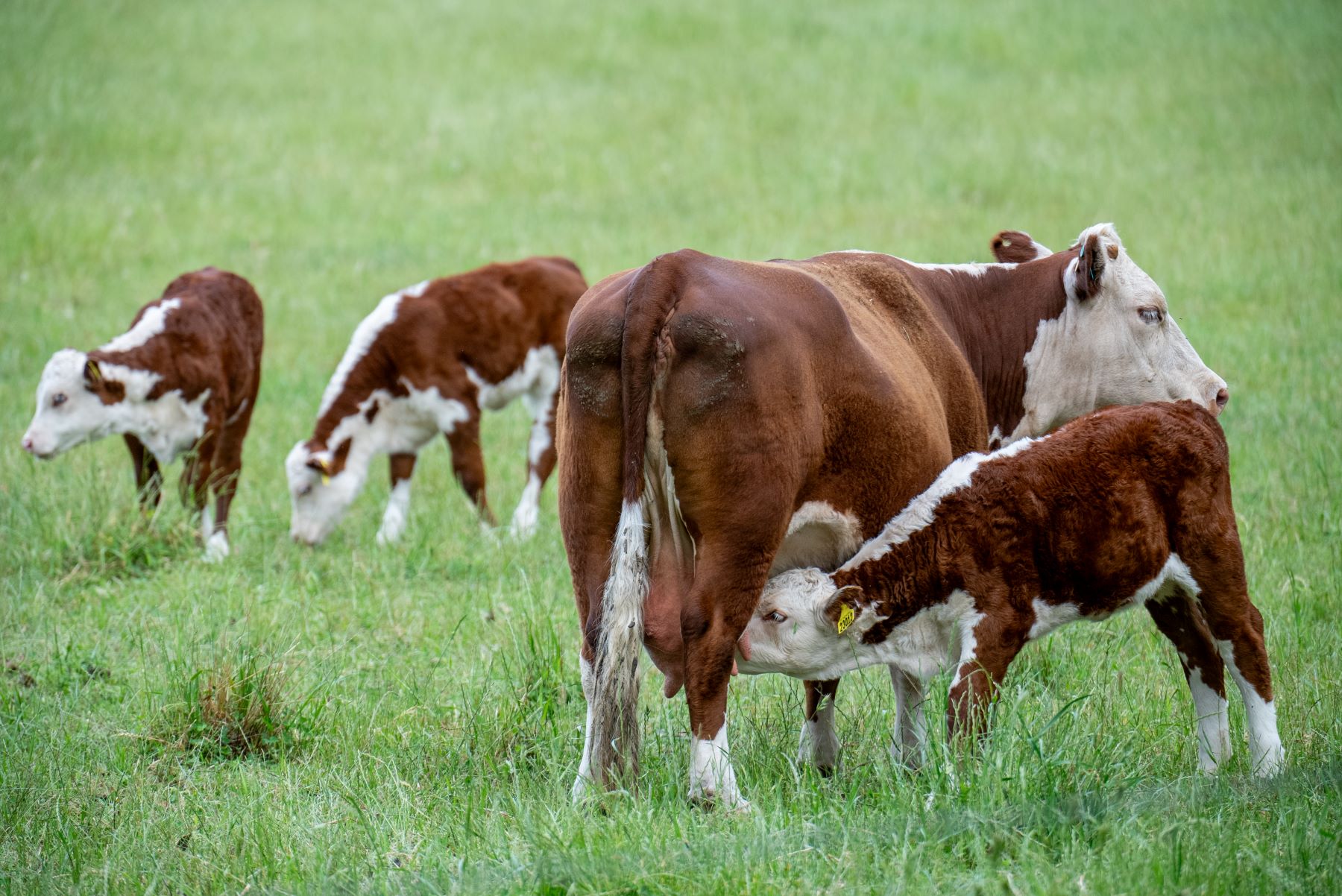The Australian Beef Market in 2025: An Absolute Cracker
In this column in July, the StoneX H2 2025 Australian Cattle & Beef Market Outlook’s bold calls were analysed and assessed for what the final 6...
Australia’s cattle herd has entered a maintenance phase underpinned by above-average female retention according to Meat & Livestock Australia’s (MLA) Cattle Industry Projections released today.
The report forecasts the Australian cattle herd to ease by less than 1% to 28.6 million head by 30 June 2024 after three years of herd growth leading to the largest cattle herd in 10 years in 2023.
Female retention remains above long-term averages, particularly within northern production systems, illustrating that the herd has entered a maintenance phase as elevated turnoff has been driven by high supply rather than producer intention to destock.
According to Stephen Bignell, Manager of Market Information at MLA, female retention remaining above average is an element that is contributing to the Northern Australian cattle herd staying in a growth phase.
“Following an above average west season across much of the north of the country, the cattle herd is expected to grow further, especially as consistent rainfall events brought on by cyclones and low-pressure weather systems continue throughout the summer,” Mr Bignell said.
“For the Southern herd, we expect it to constrict further into 2024 as it reaches maturity.
“This leads to increased turnoff while the cattle cycle enters a herd maintenance phase. This dynamic is influenced by the 2023 New South Wales female slaughter rate (FSR) averaging 48%, above the long-term benchmark of 47%.”
A focus on productivity and genetics from Australian cattle producers during the 2020-22 rebuild has resulted in a resilient breeding herd.
“This means that the herd reaction to higher turnoff rates will be less severe than in previous years. We expect solid numbers of young cattle in the coming seasons both through the northern and southern systems,” Mr Bignell said.
MLA also projects a lift in the slaughter rate which will drive production close to record levels in 2025. However, labour availability remains a concern for processors, especially as the number of processor-ready cattle increases.
Carcase weights will fall during these high production years, through will remain well above long-term averages, thanks to the investments in genetic profile, and consistent improvements to Australia’s feedlot sector.
The US remains Australia’s key supply competitor, alongside Brazil, who export beef to key markets shared with Australia.
With the US forecasting an easing to their drought condition across key cattle producing regions, a strong and extensive herd rebuild is expected to start during 2024.
The result is expected to be a contraction in the American supply, which will create an opportunity for Australian beef in global markets. Additionally, solid domestic supply will support strong demand for live cattle exports into major markets.
Last year was a significant year for weather events, with an El Niño event and a positive Indian Ocean Dipole (IOD) declared in September, followed by four cyclones making landfall in the 2023/24 wet season so far.
For this year, Australia is expected to remain within a neutral IOD, while the El Niño–Southern Oscillation (ENSO) outlook, which indicates an El Niño or La Niña event, notes that we are likely to move out of the El Niño phase by May. Long-term forecasts for a La Niña event in 2024 are varied.
This year is looking to be a positive year for the cattle industry with the herd staying within a maintenance phase. While forecasts remain crucial for business management, the expected relative climate stability in 2024 suggests that decision-making may not be as reactive to long-term forecasts as observed in the reactive markets of 2023.
.jpg)
In this column in July, the StoneX H2 2025 Australian Cattle & Beef Market Outlook’s bold calls were analysed and assessed for what the final 6...
.png)
Each December we save the last article of the year for a bit of a crystal ball gaze, as we try to bring together market fundamentals and work out...
.png)
Australia’s wool market posted another strong performance this week, with all micron categories attracting solid support across the three selling...
